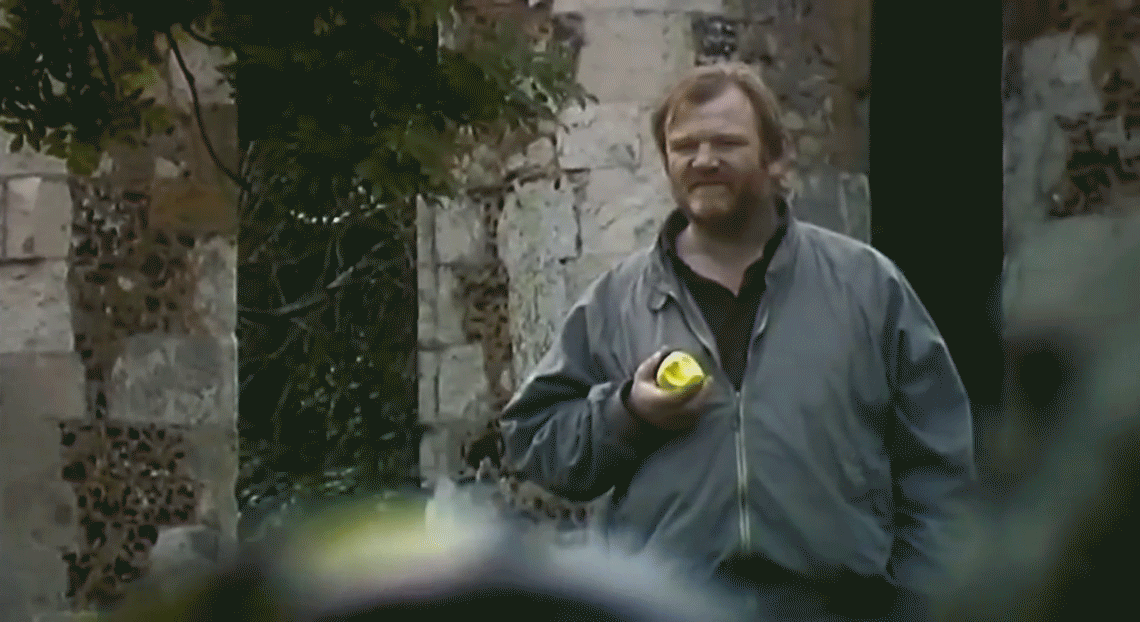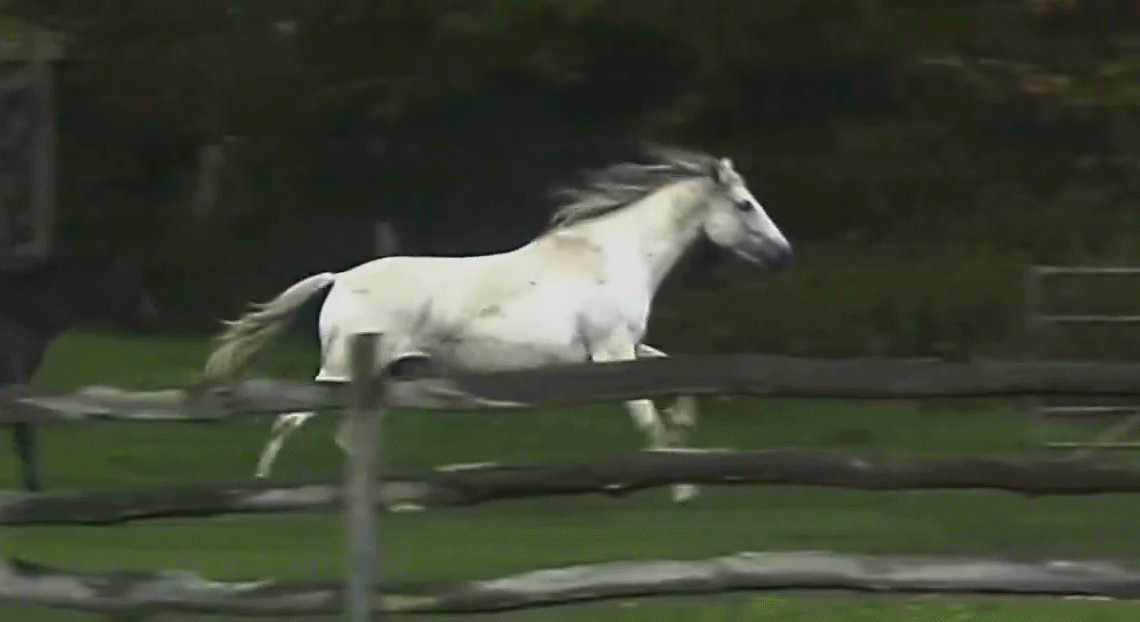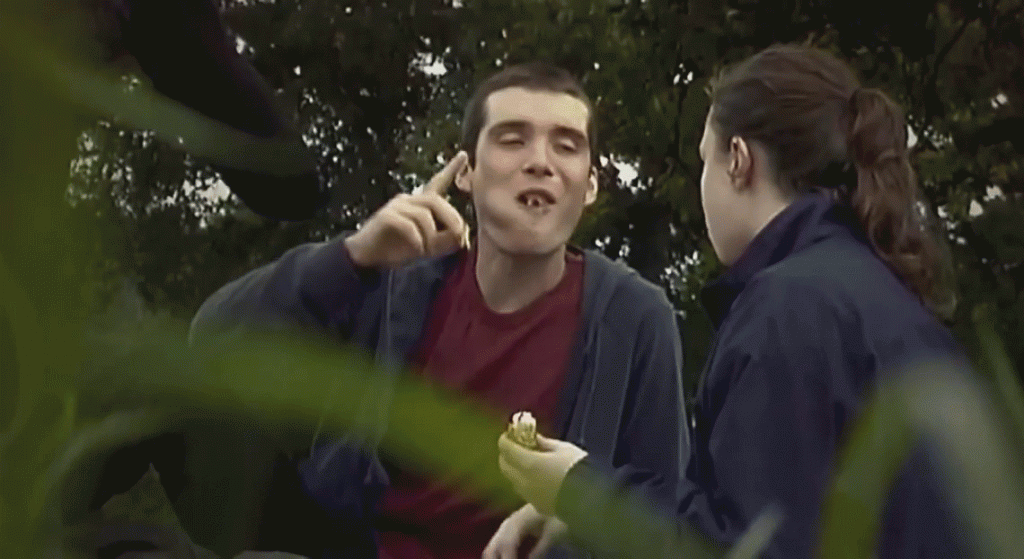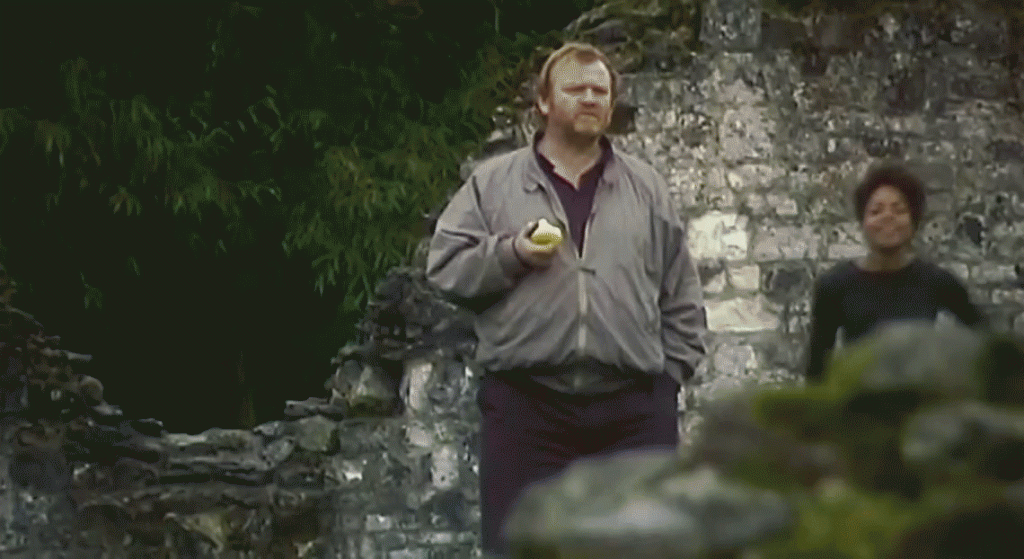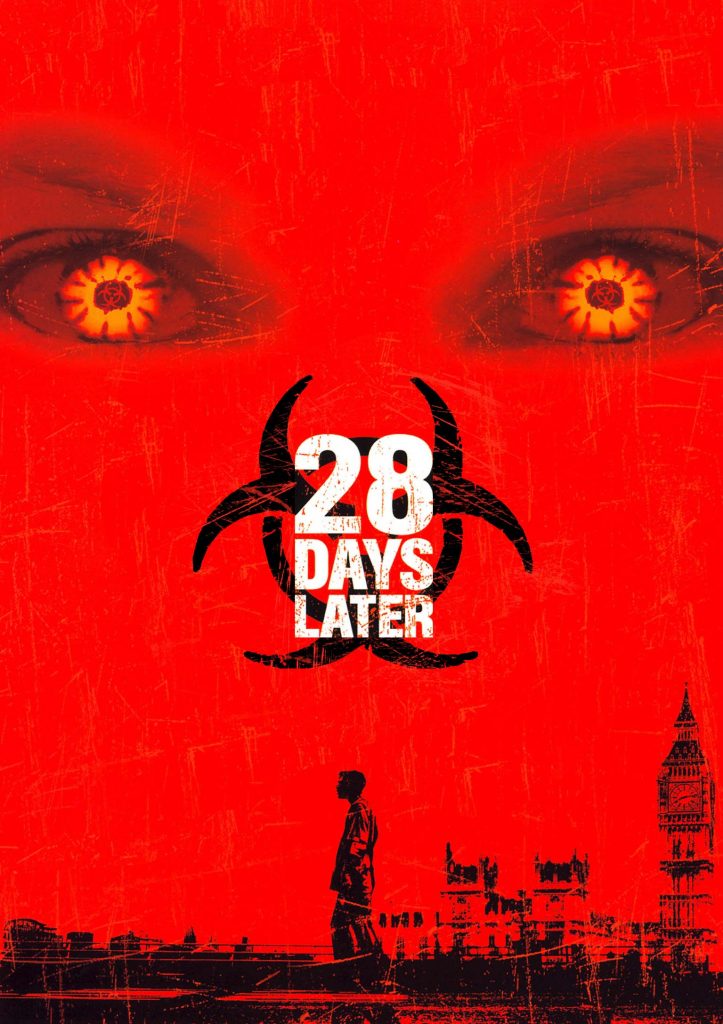You wouldn’t expect one of British cinema’s most poignant and idyllic moments to lie in the centre of a post-apocalyptic horror film, yet it does. Danny Boyle’s 28 Days Later cuts in the melancholy scene at its centre, with four wild horses providing respite for the film’s central four characters by subverting the film’s primary genre for a moment.
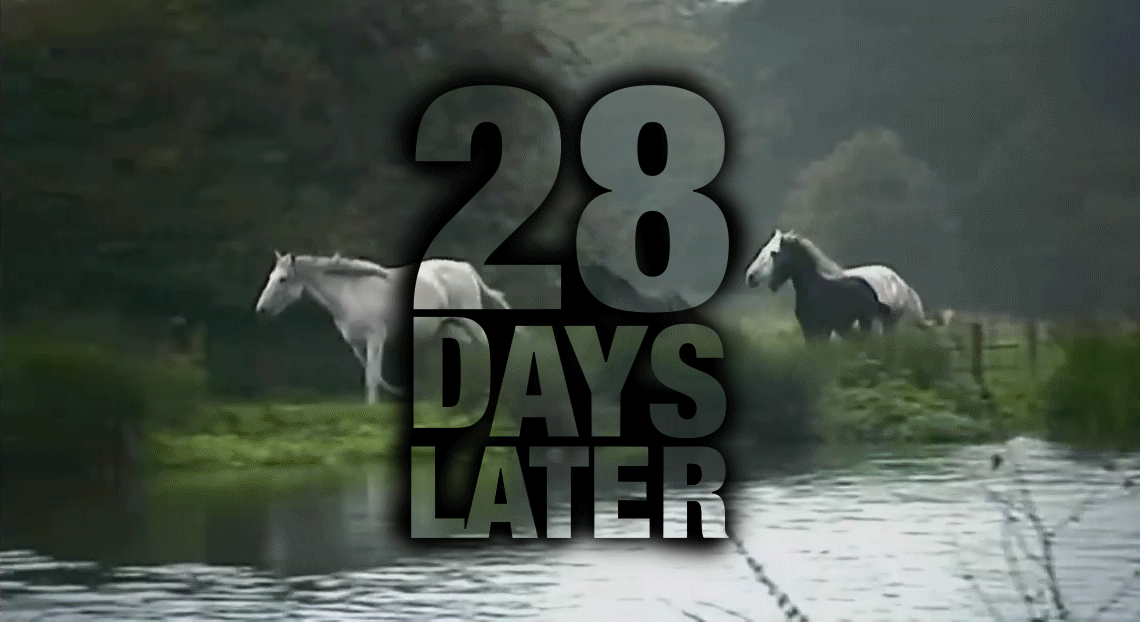
The scene opens with a jovial picnic taking place to the soundtrack of Brian Eno’s An Ending (Ascent), an emotive, angelic piece of music which plays throughout the horses’ time on-screen. Eno’s had previously produced the soundtrack to Malcolm Le Grice’s Berlin Horse, an equally transfixing and hypnotic piece of work which cements the scene in 28 Days Later as a haunting moment of fleeting beauty. As this plays, the three human survivors laugh and indulge in food, as an unobtrusive camera shot with a grassy foreground sets a private and natural ambience. This combination of natural textures distinguishes the scene from the rest of the film and consequently the arrival of the horses feels expected and freeing; a release of tension.
The film constantly pits the infected against the uninfected, creating a unfailingly high level of tension, however through their ambiguous presence the group of horses enable the film to break away from this tension for a moment. Interestingly, we see the characters’ reactions to the animals before we see them, creating an instant of calm curiosity in stark contrast to film’s surrounding anxieties concerning the highly contagious ‘rage’ virus and the necessity of purity. As they join to view the horses the diegetic sound of the animal is heard. The camera is now hidden behind a moss-covered rock, continuing the feeling that this is a private moment in their quest and camera is an unbiased viewer to this human-animal relationship. The presence of the animals transcends through their expressions. The horses have been able to provide escape from the viewer’s perception of the horror genre, with a singular sound.
Boyle rewards us with the freeing sight of the four horses. Already in motion when we see them, their galloping without harnesses is looked at in awe. The horse has an enduring tradition as a working animal and consequently the protagonists gawp at their freedom, seeing this in direct opposition to their confinement within ‘human’ structures. The symbolism of them running through open farming gates shows they have escaped from humanity and disease. The presence of the white horse strengthens this image through its rich history as a symbol of freedom and hope. Although the paralleled human four are gazing from the same environment, they are separated by fencing and man-made ruins, making them onlookers to freedom, not participants.
The mix of black and white horses demonstrates the animal’s ability to not judge based on colour. This also has no bearing on their audience, the only question asked of them is ‘Do you think they’re infected?’ by Hannah, as her voice sounds over the first dramatic panning shot. As this shot cuts to a more distanced, still angle, Frank answers ‘No’.
The small exchange synchronises with the shots and serves to again distinguish the animals from the film’s surrounding violence. Boyle is clearly indicating that the purpose of the horses is to enact a fleeting moment of freedom and normality.
